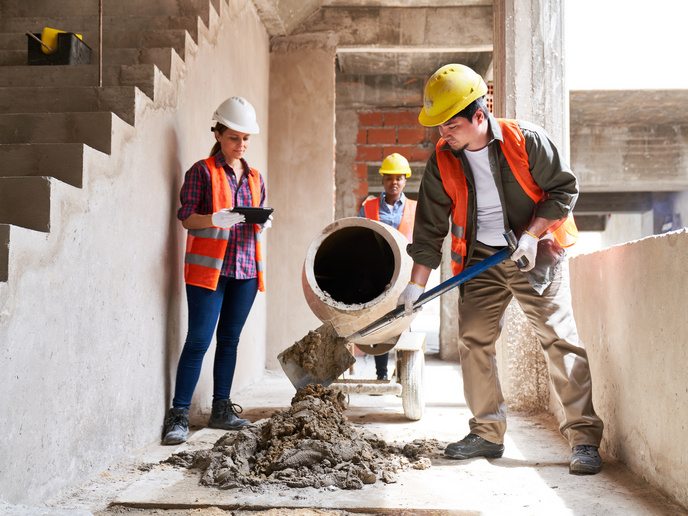Innovative coatings to withstand extreme conditions
The EU-funded ‘Development of advanced surface technology for extended resistance in extreme environment’ (Asterixe) project aimed at developing and applying new surface engineering concepts combining coating deposition technologies with advanced post-treatment using a pulsed electron beam (PEB) to improve the properties of surface layers. The investigative team set out to develop a coupled coating/PEB process for existing coatings as well as for new material coatings produced by alloying or combining surface metals with other metals. The researchers precisely defined the extreme service conditions faced by the products of industrial partners. They further evaluated existing coating solutions as well as coating requirements for PEB processing. The latter uses low-energy, high-current electron beams to alter the surfaces of materials in a way that improves their performance. The team also studied technologies for applying thermal barrier coatings (TBCs). Throughout the research, the investigators used experimental results to optimise a computer model created to predict coating composition and structure after post-treatment. The simplified system studied consists of a substrate, the coating applied to it and the interface between the two. The research team successfully developed an innovative interface treatment incorporating simultaneous melting of both substrate and coating that led to enhanced coating adhesion strength. In addition, they developed a method for extremely fast surface cooling that increased surface density and toughness without affecting the substrate. Finally, the investigators made significant breakthroughs in the area of TBCs, of particular interest to the energy and aeronautics industries where increasing the working temperature of turbines is very important. In summary, the Asterixe programme resulted in innovative materials and methods for coupled surface coating and electron beam post-treatment to enhance the durability of components subjected to extreme environments. The results are widely applicable to the aeronautics, energy and defence industries and commercial application should provide a significant boost to the European economy.







